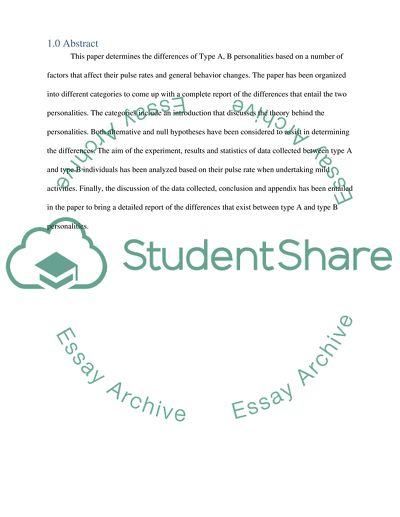Cite this document
(“Type A and B personality theory Coursework Example | Topics and Well Written Essays - 2250 words”, n.d.)
Type A and B personality theory Coursework Example | Topics and Well Written Essays - 2250 words. Retrieved from https://studentshare.org/psychology/1646169-type-a-and-b-personality-theory
Type A and B personality theory Coursework Example | Topics and Well Written Essays - 2250 words. Retrieved from https://studentshare.org/psychology/1646169-type-a-and-b-personality-theory
(Type A and B Personality Theory Coursework Example | Topics and Well Written Essays - 2250 Words)
Type A and B Personality Theory Coursework Example | Topics and Well Written Essays - 2250 Words. https://studentshare.org/psychology/1646169-type-a-and-b-personality-theory.
Type A and B Personality Theory Coursework Example | Topics and Well Written Essays - 2250 Words. https://studentshare.org/psychology/1646169-type-a-and-b-personality-theory.
“Type A and B Personality Theory Coursework Example | Topics and Well Written Essays - 2250 Words”, n.d. https://studentshare.org/psychology/1646169-type-a-and-b-personality-theory.


